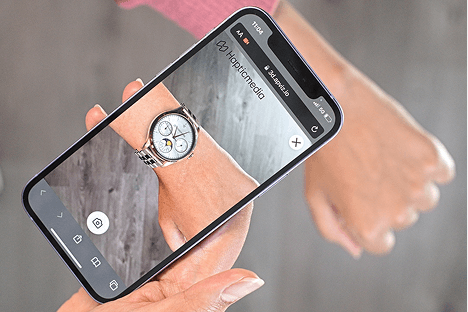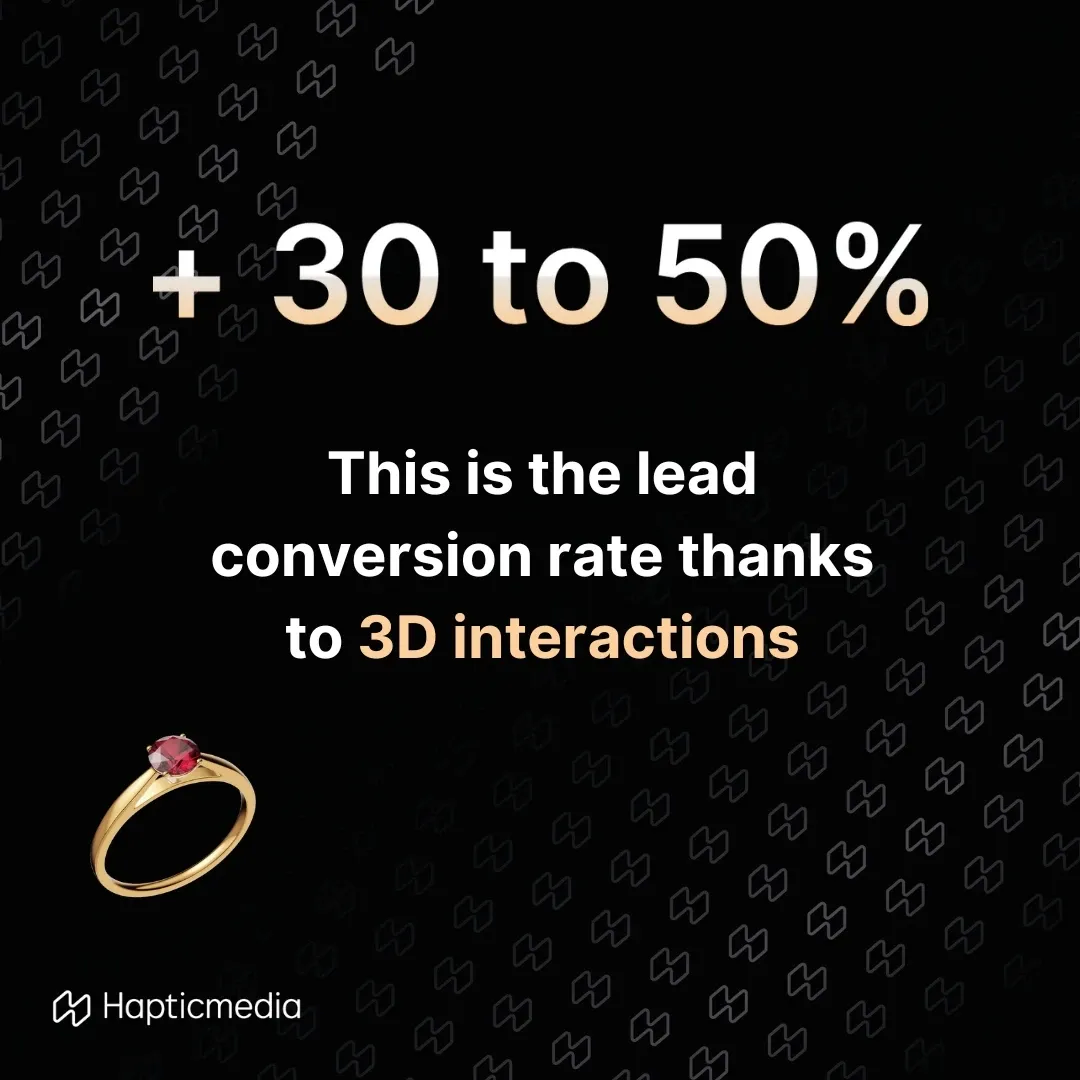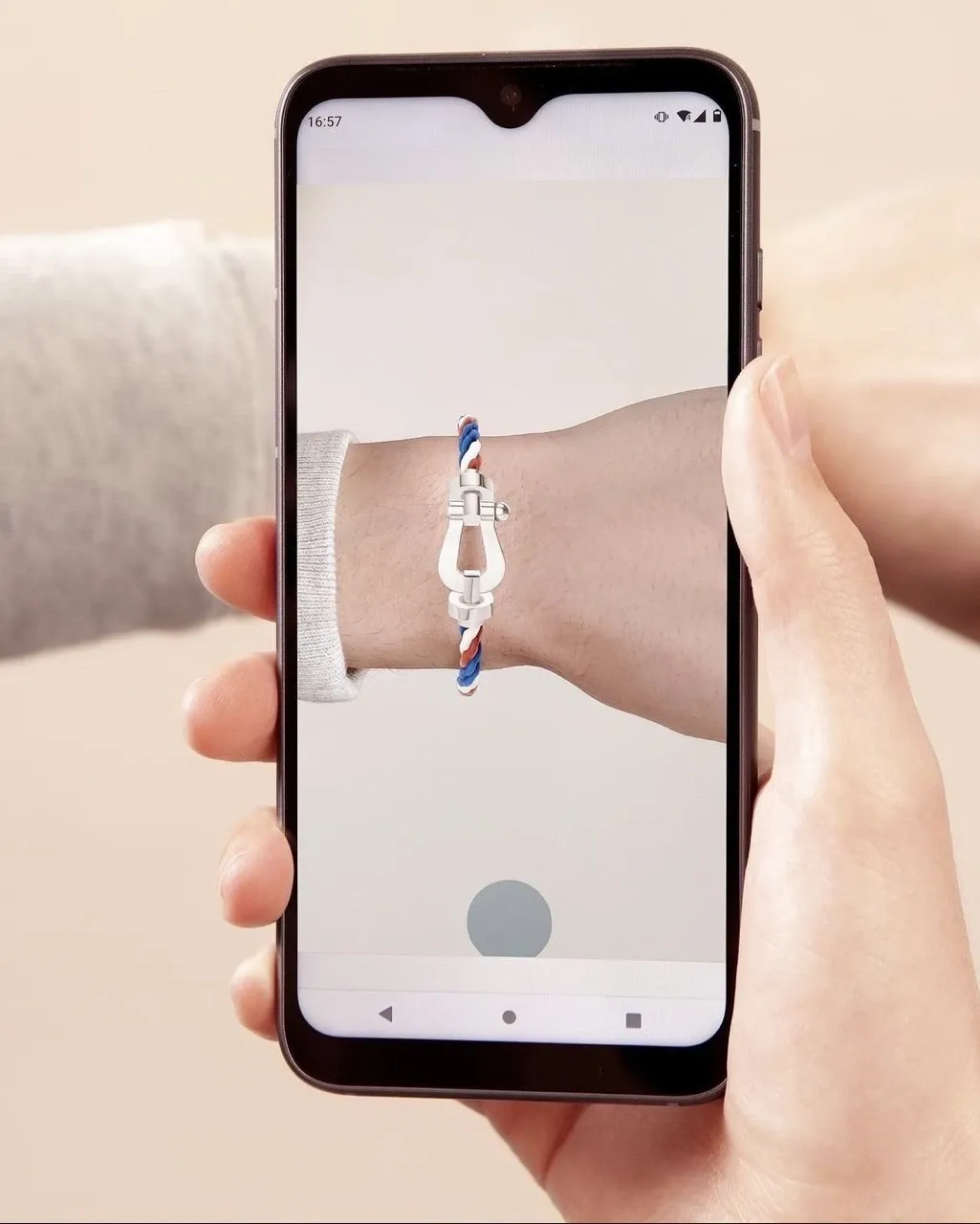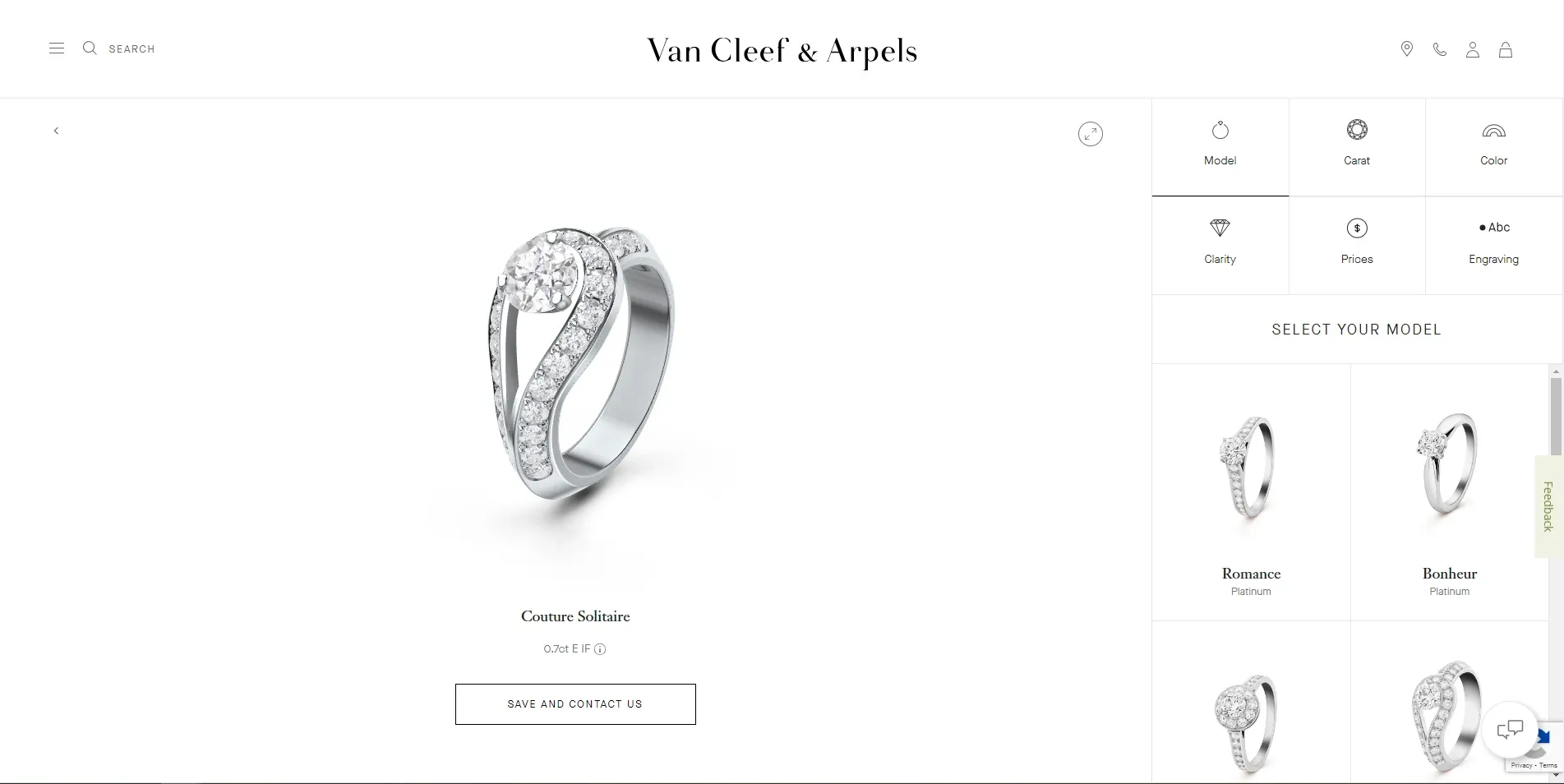Luxury and High end marketing: 6 Advanced Tips to stand out in the new competitive landscape
Published on 10/1/2024 by Yahong Zhang, Sabrina Khadivi
This article was updated in October 2024 by Sabrina KHADIVI.
Luxury marketing is a series of concepts and acts based on the "dream value" as well as the traditional STP model and 6Ps, designed to promote pricey, unique and exclusive products or services to high end consumers.
Overview of Luxury marketing and high end market trends
Marketing strategy in the luxury business is constructed around the dream value and what customer experiences bring, the segmenting-targeting-positioning model and 7 pillars that most professionals know:
- Product
- Price
- Promotion
- Place
- Packaging
- Positioning
- People
These elements are timeless to build high end and luxury brands, yet the overall landscape is changing dramatically, especially with the rise of Industry 4.0. New technologies are fully present in our life and business owners need to fully take advantage of it.
Luxury consumers are on the top of the pyramid. As they pay high premiums for items, they get to be demanding and ask for what they themselves have not even expected, apart from a memorable shopping experience or the functional and emotional benefits. They are not just interested in what the product does, but also in how it makes them feel and how it reflects on them.
It is in this context that luxury brands are now accountable for more than what they deliver. Consumers are continuously adopting new criteria to assess a luxury brand, such as “sustainability”, “innovation”, “equal rights” and it is the latter's responsibility to predict and be ahead of the game.
Therefore nowadays, regarding luxury marketing, it is extremely important to understand the overall social, economic and cultural environment and its impacts in order to connect with high end consumers and respond to their needs and desires.

Shifts in the competitive landscape due to digital innovations: 3D configurators and immersive technologies
High end and luxury brands differentiate themselves from other brands because of their value and how they position themselves, meaning that they prioritize superior quality and advanced features. But these two component also have distinct connotations:
- High end brands are associated with superior quality, advanced features and prioritize remarkable functionality.
- Luxury brands are associated with exclusivity, they don’t just sell rare and timeless products but they also vehicle a lifestyle.
But fundamentally, they have something in common that is undeniable: the willingness to offer personalized products and services. And with the rise of E-commerce and the fierce competition, business owners need to adapt and offer cutting-edge technologies and interactive experiences. They also have the choice between so many different digital innovations such as:
- 3D Configurators: for personalized or customized products
- 3D Visualization: to visualize a product from a 360-degree perspective
- Virtual Try On: to be able to see the item being worn
- Augmented Reality: to be able to see the item in the real world
- So on.

It has been proven that 3D interactions are revolutionizing the customer experience. More than just a tool, they offer an immersive journey into your brand's universe.
Imagine being able to explore a luxury handbag in intricate detail, customize every element of a high-end watch, or even visualize furniture in your living room—all without leaving your home. 3D interactions bring products to life in ways that static images and videos simply can't match.
In the digital age, the luxury industry is reinventing itself. These innovations are transforming how we interact with high-end products.
The luxury market is crying for new methodology and tools
In the next few years, the target of luxury brands will consist of extremely digitized and active audiences, which have significantly different expectations, compared to previous generations. Therefore the overall landscape is shifting and there are new aspects and trends luxury marketing specialists should take into account to stand out in the new era.
6 advanced tips to make it in the new high end and luxury marketing landscape
1. Elevate brand storytelling through immersive digital experiences
Storytelling is a powerful tool to communicate an idea and to persuade, high end and luxury brands are here to create memorable experiences and offer something valuable and timeless. This is what luxury marketing is all about: to enhance a product or service by creating a connection between the customer and the feature. This tool allows the brand to share a story that reflects who they are and, in doing so, sets them apart. As mentioned before, immersive technologies allow clients to ‘experience’ a product, thanks to neuromarketing it has been proven that shoppers begin to choose products based on emotional and psychological factors more than logic.
What could be better than being able to personalize your engagement ring and interact with it ? Thanks to 3D configurators, you can !
Maison Courbet’s 3D configurator allows users to visualize their engagement rings in real-time 3D regardless of their carat value and according to their selection of materials and diamond shapes.
2. Engage in direct-to-consumer (D2C) luxury marketing for exclusive access and closer relationships
In this landscape marked by fast-paced technologies and digitization, direct-to-consumer (D2C / DTC) brands like Canada Goose or Louis Vuitton are winning terrain and therefore established houses, too, are expected to follow the lead and add this component to their luxury marketing strategies.
There are certain benefits that are worth mentioning about this technique:
- By selling directly to consumers, brands have access to a huge amount of data that can be used to assess their strategies, services and commercial activities and therefore enable them to offer personalized experiences and product suggestions. Such flexibility will benefit luxury brands in the long run, as it is exactly what millennials expect.
- This approach helps brands offer a more consistent customer experience contributing to a personalized customer relationship.
- A wider variety of products and an assortment that promotes cross-selling.
Of course D2C isn’t a new concept, high end brands have been using E-commerce for years. Yet still nowadays, the rise of social media and platforms like Instagram and WeChat as well as location-based services have increased the potential and improved overall results of this technique for luxury marketing.

Fred Force 10 3D visualization tool allowing users to create their signature bracelet, choosing materials, colors and so on. Solution created by Hapticmedia
When executed right, this is a technique that proves extremely effective in luxury marketing, delivering results for brands in beauty, lifestyle, fashion etc.
3. Empower clients as co-creators through dynamic 3D interactions
As mentioned above, customers that shop high end and luxury brands are looking for more and more authenticity and want products that reflect their values. With the rise of new technologies and E-commerce, what better way to offer customization options than through 3D ? Customers can co-create their dream products by choosing from special options like engraving, embroidery, and rare materials.
Hugo Rimélé, Digital Marketing Manager at Hapticmedia, shares with us : “Setting up a realistic simulation system for customizable products offers a dual advantage: it allows customers to accurately visualize the final result of their engraving before purchase, thereby ensuring their satisfaction, while the company significantly reduces the risk of returns and losses associated with non-resellable customized products. This modern technological solution transforms the shopping experience by making it more transparent and reassuring for all stakeholders.”
The uniqueness that is created for the clients improves conversions and satisfaction, they build a deeper connection with the brand making them feel invested in the final outcome.

Van Cleef & Arpels 3D configurator allows customers to visualize and interact with their engagement rings, and they have the possibility to customize their item with an engraving option.
4. Combine art and luxury in marketing activities
Marketing and art in the Luxury business have been going hand in hand in the past years, especially in China, the country that is actually responsible for driving this trend.
In an effort to attract Generation Z and Millennials, high end and luxury brands have recently decided to showcase their heritage, history and differentiators by creating statement events and activations that resonate with consumers through exploring socio-cultural opportunities.
This act brings incredible added values to luxury items, which are put on a pedestal and are treated like collectibles, especially if they are the result of collaborations or are released in limited editions.
Relevant case studies include Lalique, a french luxury glassmaker, who did a collaboration with Beluga Vodka, a luxurious brand in the vodka market for the launch of their new crystal decanter called Beluga Epicure Series II, limited to 888 handmade pieces.

5. Engage in collaborations to inspire new visions
In such a competitive landscape, where quality and craftsmanship are considered a given, Millennials are demanding more from luxury brands, as they are looking for innovation in design that expresses their personalities, values and desires as mentioned above, while collaboration between brands and artists or celebrities or influencers is a way of showcasing originality, free spirits and openness towards novelty.
According to Collabosarus brand collaborations can be up to 25x less expensive than digital advertising.
The most popular associations are Chanel and Pharrell Williams, Adidas and Yeezy by the rapper Kanye West and Louis Vuitton and Supreme.
Moreover, this fusion of perspectives and values, of heritages and new arts, of the classic and the modern, has become so successful that brands have extended it, making it part of their portfolios.
One of the impactful collaborations is the 2023 Louis Vuitton X Yayoi Kusama, which generated a Media Impact Value of $39.7 million. The quality of this collaboration has been outstanding, as it merges two distinct worlds, art and luxe, seamlessly, this example illustrates the fact that 67% of people want to see fewer but higher quality collaborations from brands.
6. Create FOMO: Fear-of-missing-out
With the rise of social media, Gen Zers are living with a consistent fear of losing image capital or not being relevant as if they might miss out on something of cultural importance.
It is in this context that Supreme drops are extremely popular, while the prices are often higher than in store.
This is an insight which affects how luxury marketing works and how brands construct their releases and campaigns accordingly. But the most important element about FOMO is the scarcity that is associated with the product or the experience, that’s why high end and luxury brands have to highlight the uniqueness of their offer.
FOMO determines consumers to be extremely attentive to brand messages and literally everything the brand does rigorously, creating a very engaging audience for social media as well as other channels.
Conclusions: new marketing techniques and tools are needed
For luxury marketers, the priority for the next few years will be catering to the new generations who are digitally native and have managed to create disruption in the industry.
This is the first time ever that new marketing techniques and tools are challenging what most luxury brands thought were timeless and that they could capitalize for ages. This reformation is taking place in record time. Digital innovations like 3D configurators and Virtual Try-On have become the standard in today's rapidly evolving marketplace. To meet the rising expectations of modern consumers, businesses must adapt and embrace these transformative technologies.
Adjustability is key and the implementation of desirable technologies that tell brand stories efficiently is necessary in this fast-paced marketing environment.
Sources
https://www.businessoffashion.com/articles/news-analysis/lvmh-and-rihanna-to-launch-fenty-maison